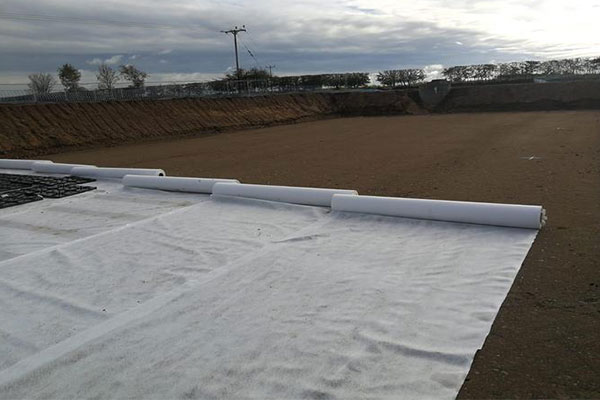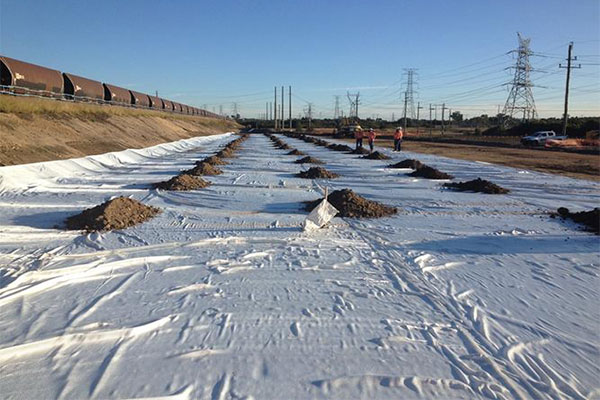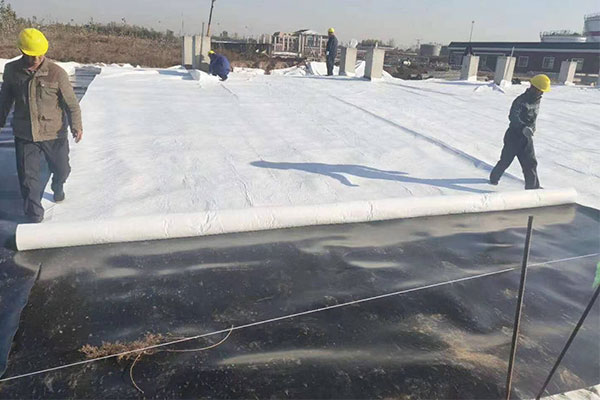How Does Geotextile Fabric Work?
In the realm of civil engineering and construction, geotextile fabric stands as an unsung hero, quietly playing a crucial role in ensuring the stability and longevity of various structures. This versatile material, made from synthetic or natural fibers, has gained prominence for its ability to address a multitude of challenges in different geotechnical applications.

Understanding Geotextile Fabric
Geotextile fabric is a permeable textile material, commonly used in civil engineering and environmental engineering projects. Its composition varies, with materials ranging from polypropylene and polyester to natural fibers like jute. The manufacturing process involves weaving, knitting, or non-woven methods, resulting in a fabric with distinct physical and mechanical properties.
How Geotextile Fabric Works
Filtration and Drainage:
One of the primary functions of geotextile fabric is to act as a filter. When placed between soil layers, it prevents fine particles from migrating and clogging drainage systems. The fabric allows water to pass through while retaining soil particles, ensuring effective drainage and preventing soil erosion.
Separation:
In road construction and other infrastructure projects, geotextile fabric is used to separate different soil layers with distinct properties. By preventing the mixing of these layers, the fabric helps maintain the structural integrity of the construction, reducing the risk of settlement and deformation over time.
Reinforcement:
Geotextile fabric enhances the tensile strength of soil, especially in areas with weak or compromised soil conditions. When placed in soil, the fabric stabilizes the ground, providing additional support to prevent soil movement. This reinforcement is particularly valuable in retaining walls, slopes, and embankments.


Erosion Control:
When used in erosion control applications, geotextile fabric helps to stabilize soil and prevent surface erosion caused by wind or water. By providing a protective barrier, the fabric minimizes the impact of external forces on the soil, preserving the landscape and preventing the loss of fertile topsoil.
Protection:
Geotextile fabric serves as a protective layer for geomembranes and other impermeable materials used in containment structures such as landfills and reservoirs. It shields these materials from punctures or abrasions, extending their lifespan and maintaining the integrity of containment systems.
Conclusion
As construction and civil engineering progress, geotextile fabric stands out as a quiet yet indispensable product. Its multifaceted capabilities in filtration, separation, reinforcement, erosion control, and protection make it an adaptable solution for a spectrum of geotechnical challenges. In the ongoing quest for resilient and sustainable infrastructure, the role of geotextile fabric in ensuring stability and longevity becomes increasingly vital.
